“Discovering a thing that already existed”: The Rings of Power makers JD Payne, Patrick McKay and Lindsey Weber on the Rings of Power series
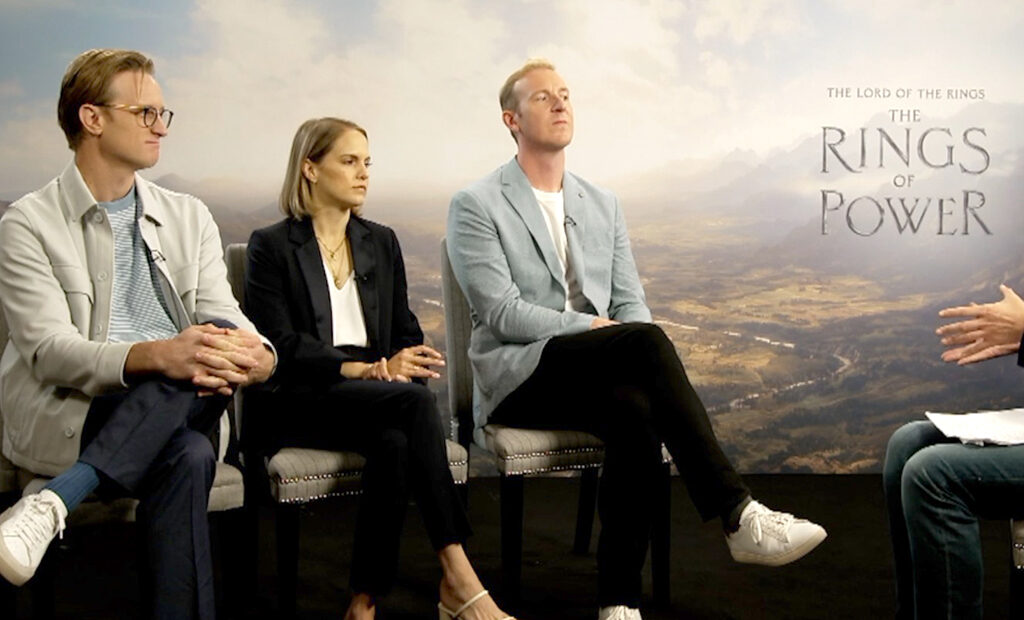
The Lord of the Rings: The Rings of Power is a television series based on JRR Tolkien’s fantasy novels, set in the Second Age of Middle-earth thousands of years before The Hobbit and The Lord of the Rings. This week The Upcoming heard from showrunners JD Payne and Patrick McKay, and executive producer Lindsey Weber, about the making of the show and the responsibility of faithfully bringing Tolkien’s world to life.
You guys started with these books and this huge lore, which you had to draw a television program out of somehow. How did you even begin?
Patrick McKay: Well JD and I have been working together for 25 years – we grew up together in DC area in the States, and we’re huge fans of Lord of the Rings, grew up with the books and the wonderful films Peter Jackson made. And when we heard that Amazon had acquired the rights, and were working with the Tolkien estate, we raised our hands as loudly and often as we could, because we knew there was this terrific story to be told in the books. When you think about the breadth and depth of that mythology Tolkien created, it’s vast and bottomless. It’s the Mariana Trench, right? It’s an ocean of ideas. But for us, we always thought there was this incredible gravity pulling us to this story. It’s the backstory to The Lord of the Rings, in a way, but we loved it and felt that it had the potential to do something special because it’s so of itself – it’s complete, on its own terms. And we hoped that maybe if we sewed all these disparate pieces together, from across the books, it would be something that would work for fans and non-fans alike – at least that was the hope.
JD Payne: Tolkien talked about feeling like even he, as the author of these works, was discovering a thing that already existed – and, for us, it was even more so, where he had these clues left behind. It’s almost like when you find dinosaur bones in the soil together, you start putting them together, and then, well, clearly, there must have been another bone here. And there’s a structure that almost feels organic and alive, and you’re trying to find what that is. And Tolkien give us all those wonderful clues to start with, and sometimes he would suggest a culture or a people or a storyline and characters would emerge out of that culture from the details that he gave us. Or sometimes we had a character that we knew a lot about from thousands of years later, and then we said, “Well, what might they be like during this time of Middle-earth’s history?” and that would grow an entire story arc. It was a joyful process of collaboration with the professor in some ways.
Lindsey, can you give us an idea of the logistical challenges presented by this? You’ve got numerous races, numerous characters, numerous locations – it’s a giant 3D jigsaw. How did you manage to get your head around this and to get it to work?
Lindsey Weber: Well, there’s an expression we often found ourselves saying on the show, which is, “How do you eat an elephant? One bite at a time.”. So we would just – every day– put one foot in front of the other. There was an enormous amount of planning, we had an excellent brain trust, we had some incredible department heads; and we had a lot of meetings, and there was a lot of planning, to bring all of these worlds to life at once – not just the challenge of what does the Dwarven world look like in the Second Age? And the Elven world, and the human worlds and the orc worlds? and so on – but they all have to be ready to shoot at the same time. They have to look lived-in and ancient. To make something look old is actually much harder than making it look brand-new. And in Middle-earth everything is handmade. We don’t give any of costumes or technologies that the cultures themselves wouldn’t have, so you don’t find zippers and velcro hidden upside the inside of a Harfoot skirt – It’s all done in an in-world way, and that’s true of all of the costumes. So it’s really a labour of love that that we are only a part of, along with thousands of other pairs of hands and big, big brains.
When you were conceptualising the show, to what extent did Peter Jackson’s trilogy play a role in your thinking?
JDP: We’re enormous admirers of those films, and, for some of us, that’s how we were introduced to Tolkien, and so we have a lot of reverence and respect. And we’re also fortunate to work with some alums in New Zealand who had worked on some of those properties before. But also, from the start, one of our big goals was that we didn’t want this to just feel like a nostalgia play, where the only reason to watch is because you want it to feel like something you’ve enjoyed before. We didn’t want to do, like, a prequel, where you had to know what was coming to enjoy what you’re seeing. And we said, “It really has to be a story that stands on its own two legs, and one that deserves to be told in its own right.” So we tried to find things that were deeply compelling and dramatic, so that if you’ve never seen the films before, if you’ve never even read the books before or put on a ring before, you would be able to just come and get sucked into the drama and emotions of the story, and hopefully fall in love with Middle-earth and then go see everything else. So our touchstone was always “different, but familiar”.
How difficult was it to find the right actors and actresses for the different characters?
JDP: Very.
LW: Extremely!
JDP: We have 22 series regulars in the show, and, for each of them, we knew we had to have a “unicorn”, to an extent – someone who could live and breathe Middle-earth. We had two big qualifications for each person we cast: that they were fantastic performers, excellent in their craft, and that they have Middle-earth in them. And that’s a somewhat ethereal thing that you have to just see their performance to define. For some of these roles, we saw literally hundreds of tapes, and then, eventually, would whittle it down to a couple and then, finally, the ones that came to the fore really became self-evident because they had that special something in them.
When writing the show, what limits did you give yourseves on imagining beyond what Tolkien settled in his lore and universe?
PM: “Not far” is our assessment – we really didn’t want there to be anything in the show that we didn’t feel was a piece of what we love in those books. How you judge that line is a moving target, I suppose.
LW: We worked quite closely with the Tolkien estate, which was very helpful in this regard, And, additionally, with Simon Tolkien as an individual, who was a consultant on the show; and some incredible Tolkien experts were with us in their more narrow areas of expertise in language and script and assorted other things. So they were all around us and an incredible help.
Was there a day or a moment when you looked at the set and went, “There it is! There’s Tolkien, there’s the magic”?
JDP: During our camera tests, there was a moment when we were testing cameras with our Dwarves for the first time, and looked for characters that have really interesting features. And, because we want to be able to use as few prosthetics as possible to allow for as much performance and emoting as possible, we had cast a certain person and brought him out, and our costume designer had done cool things like putting metallic things in the beards. And he had this cool hair and clothes and he walked out, and when we saw him on the stage for the first time, I felt like a being had just walked through a portal from a magical world into our world. And it was almost like an ambassador from our Earth, greeting Middle-earth today, like, “Thank you so much for being with us, sir. We’re so grateful to have you here.” And that was a time when the magic felt seamless, even to my eye.
LW: There were many [moments], which feels like an incredible blessing to be able to say. There’s some from the later episodes that I can’t tell you about, but there was one in particular I think of, between Galadriel and Theo later in the season. They have this very honest conversation that happens to be in the middle of the night, under a downed tree, and the woods are full of orcs looking for them. Standing there at three o’clock in the morning, surrounded by an army of orcs who looked as incredible in person as they do in the final show, holding torches and watching these two actors deliver these lines, it was just magical and transporting, and I was so moved by their performances. And that’s the magic of filmmaking: it’s real-life make-believe and the edges of the set bled into natural forest, and it felt incredibly real and wonderful.
PM: There’s a very emotional scene in the seventh episode – without giving anything away – that takes place on the top of a mountain, and we shot it on the top of an actual mountain, on the South Island of New Zealand, called Mount Kidd. We were above the cloud line and we had a very small crew – it was a couple of actors and a few technicians – and being up there was pretty spectacular. And, I think, you feel that when you see it in the show, and I hope – I can’t say anymore, but it was it was a Middle-earth moment for sure.
Umar Ali
The Lord of the Rings: The Rings of Power is released weekly on Amazon Prime Video from 2nd September 2022.
Read our review of the series here.
Watch the trailer for The Lord of the Rings: The Rings of Power here:

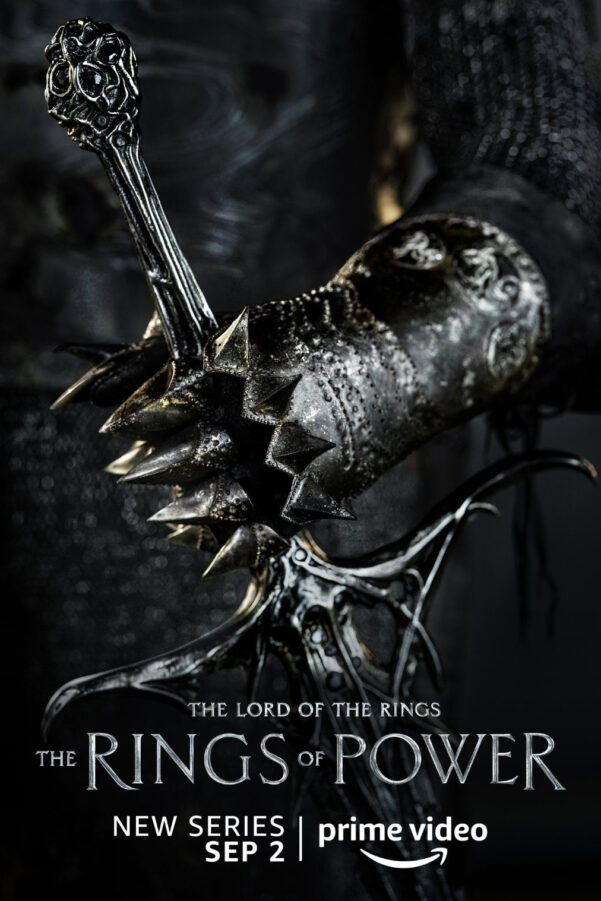
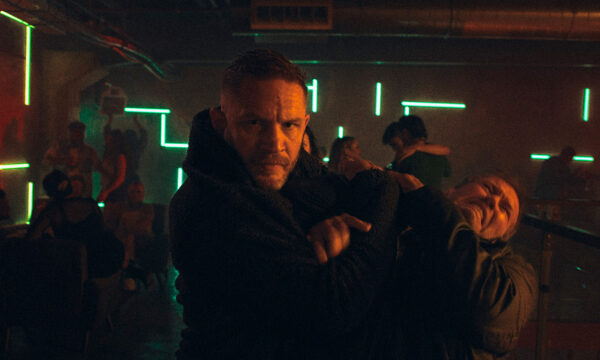
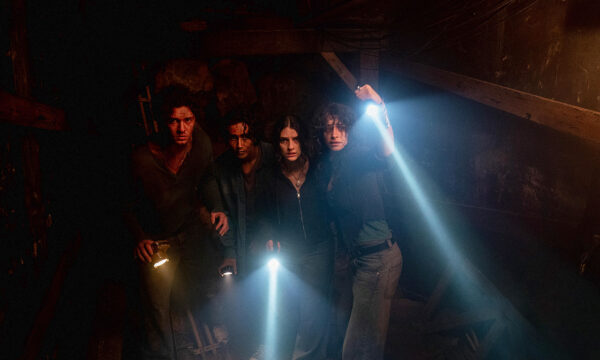
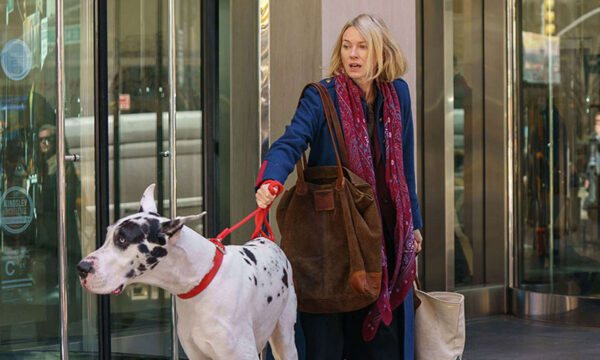
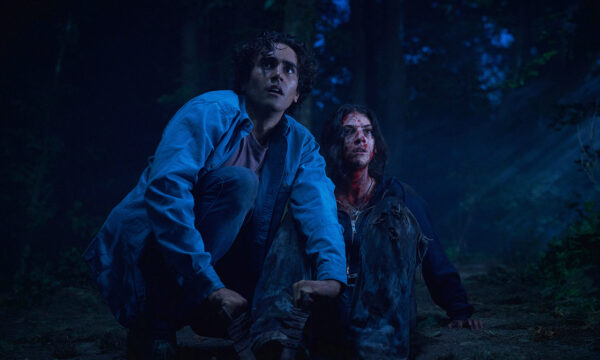
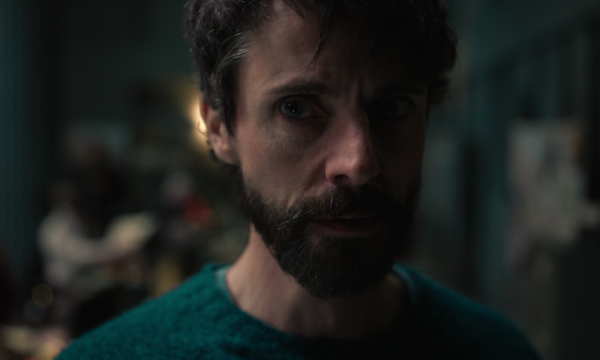
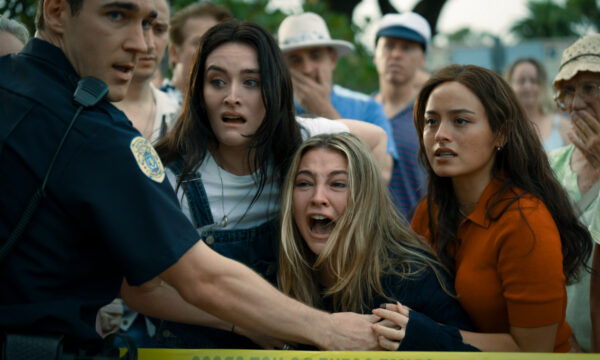
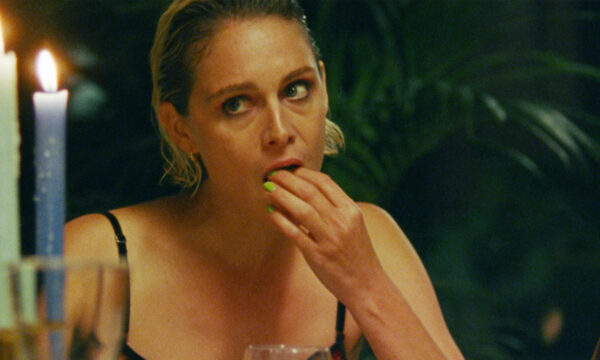
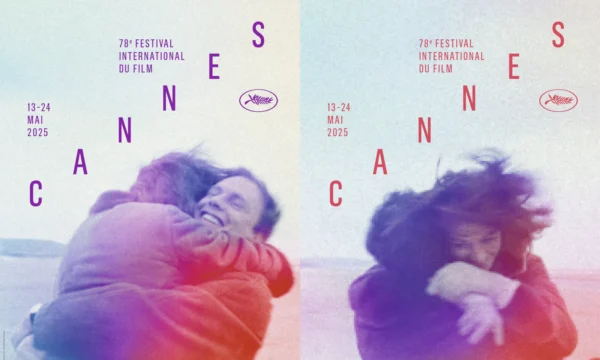
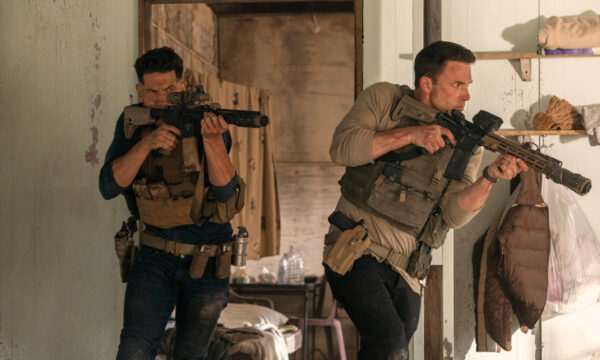













Facebook
Twitter
Instagram
YouTube
RSS